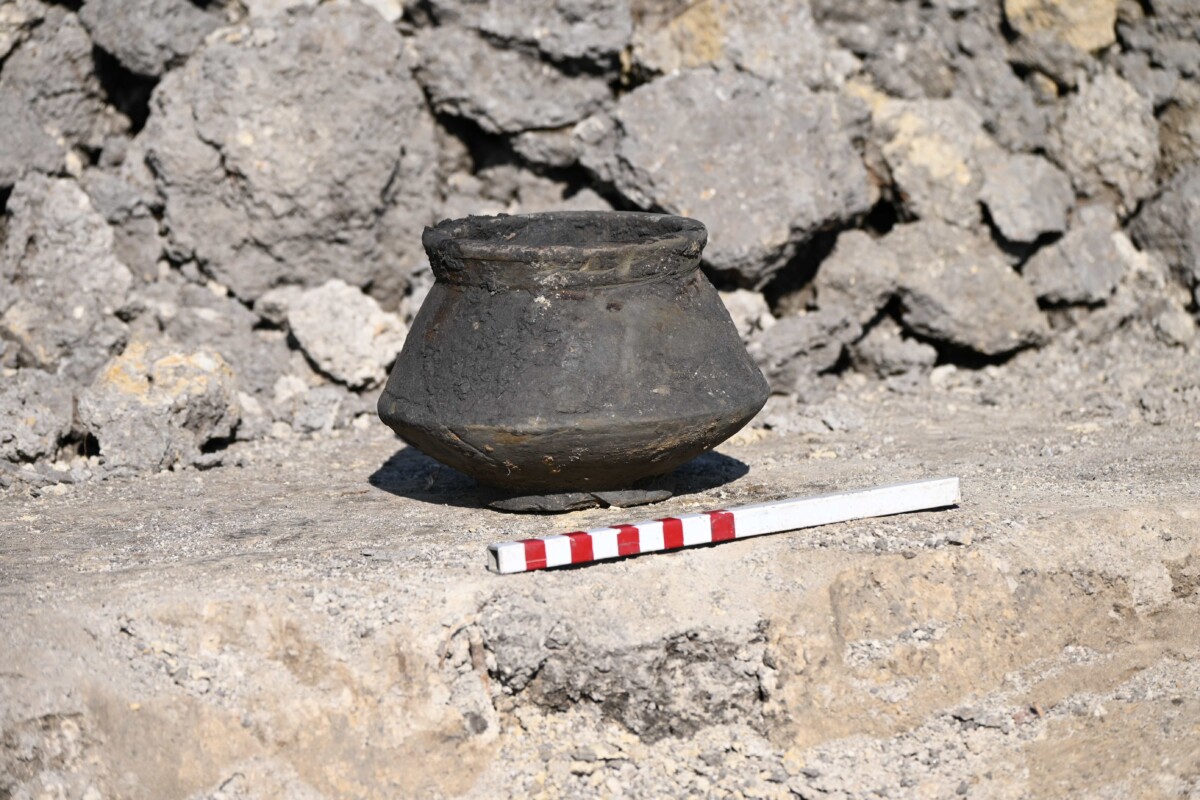In the context of the CIVAQUA-Tócó project, on behalf of the National Directorate General of Water, in addition to the coordination of the National Archaeological Institute of the Hungarian National Museum, the staff of the Déri Museum are carrying out a full surface excavation of the Vezér út reservoir in Debrecen.
A new reservoir is being built next to Tócó as part of the CIVAQUA program in Debrecen, on Vezér út
With the exception of an area of 2,000 m2, the excavation of which can begin shortly, the works have been completed.
Based on the information of Annamária Aranyos, archaeologist (National Institute of Archeology – Hungarian National Museum): in the excavated area of 2.1 ha, relics from several archaeological eras have come to light.
The earliest finds of the excavation were found in the objects of a Copper Age settlement, and the archaeologists also excavated two graves from this period. Artifacts from the Early Bronze Age were also found, three intact vessels were found in a pit. Some pits and a ditch from the Sarmatian period of the Roman Empire were excavated. In addition, a more than 200-meter-long circular trench section was found at the site, from which, in addition to prehistoric ceramics, early modern finds were also found.
(Tiszántúli Vízügyi Igazgatóság)


















